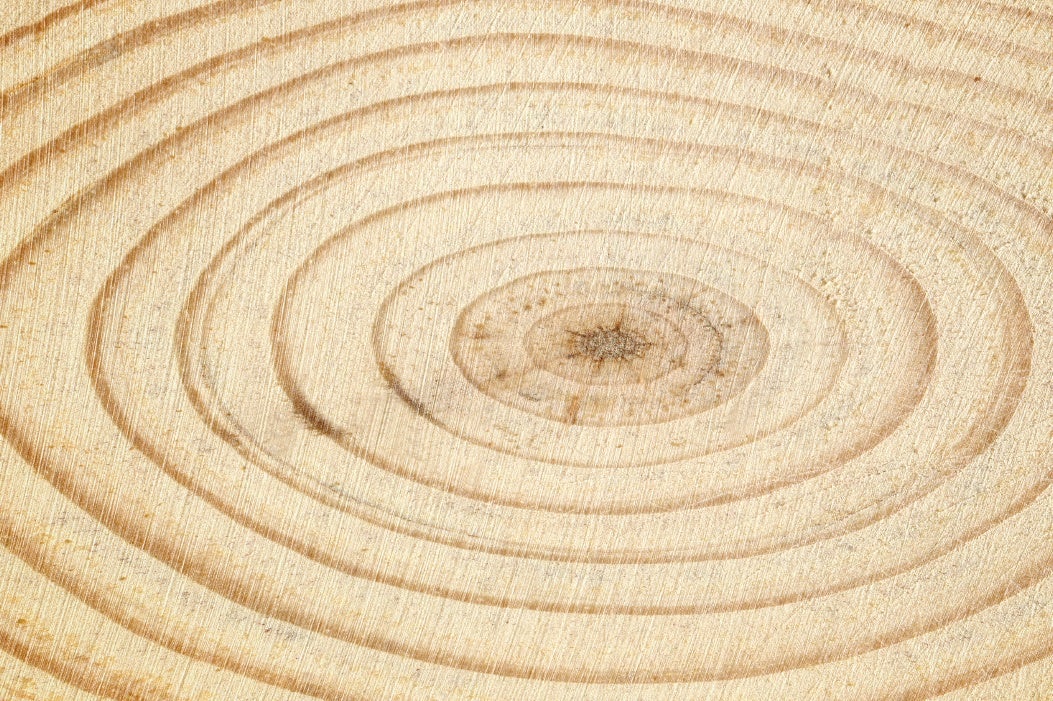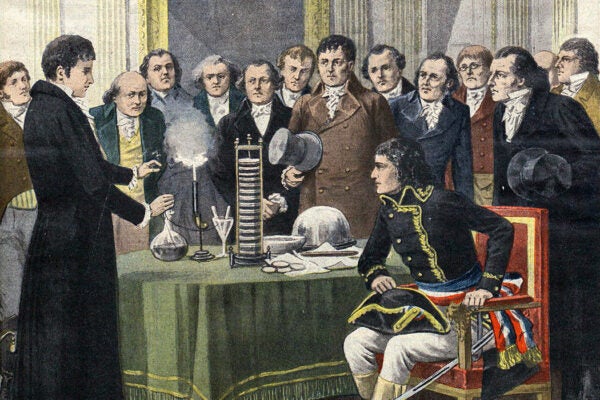Dendrochronology is the precise dating of wood by examination of its yearly growth rings. The method has proved to be of enormous value to archaeology, where it may be best known, but it was actually developed for a very different reason.
Historian George E. Webb recounts the intertwined relationship between solar physics and dendrochronology, for it was precisely the question of how solar fluctuations affected the Earth that led to the development of this tool to “read” terrestrial evidence of climate change.
Today, dendrochronology is one of the standard tools in climatology. It also has applications in the fields of ecology, geomorphology, glaciology, hydrology, and even entomology.
An astronomer came up with it. Just after the turn of the twentieth century, A.E. Douglass (1867-1962) was dismissed from the Lowell Observatory in the Arizona Territory because he didn’t think that astronomer Percival Lowell’s theory of “canals” on Mars were proof of the existence of intelligent life.
Douglass turned instead to questions of weather, particularly rainfall, and tree growth and whether or not solar activity influenced weather. In 1918, he published the first major opus of dendrochronology, Climate Cycles and Tree-Growth: A Study of the Annual Rings of Trees in Relation to Climate and Solar Activity, detailing a “clear five-hundred year record that displayed a convincing series of [solar] cycles,” the most dramatic corresponding to an eleven-year sunspot cycle.
Somewhat glaring in Douglass’s initial data was a period of little sunspot activity between circa 1645-1715. Unbeknownst to him, this anomaly had been noted in the observations of seventeenth century astronomers. At the Greenwich Royal Observatory, Walter Maunder (1851-1928), had been wondering about this period for years. Then he heard about Douglass’s work, which provided hard evidence for the effects of the phenomena recorded by earlier astronomers.
Webb’s article is a fine example of how science happens. Here, centuries-old observations, the beginning of solar physics as an intense object of study in the late nineteenth century, and the early twentieth century’s new form of evidence – dating wood, of all things – combined to rewrite the history of the sun and the planet it was being watched from.







